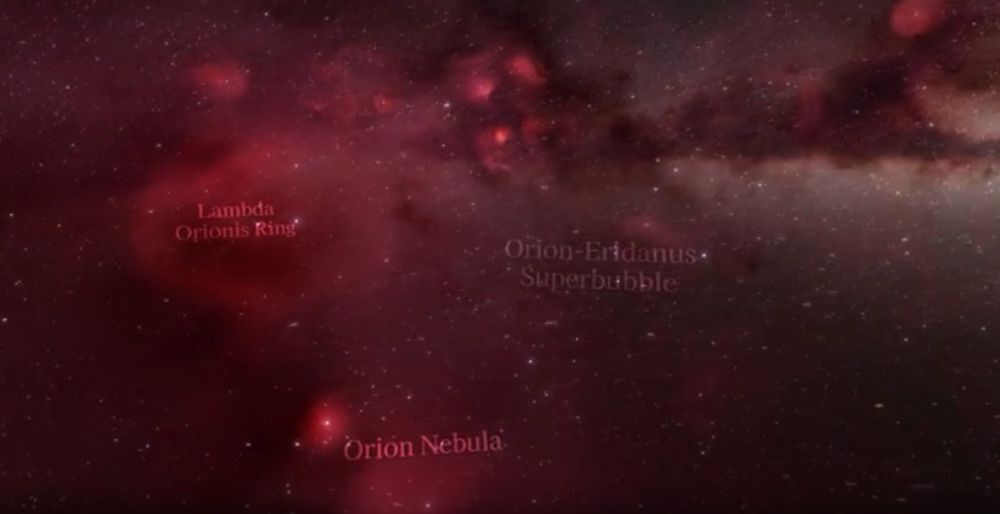I'm not sure why the observation of high frequency agitation leading to a slowing of radioactive decay is evidence of an affect on space-time. Why not, though. I'm sure one can argue, and even find a formula that demonstrates all change imposes an affect on space-time.
However, could there not be a more mechanical reason? Maybe hyper-sonic vibrations expand the valence fields of atomic structures, effectively recapturing sub-atomic particles that might otherwise escape their nucleus binding naturally over time.
Beauty is impossible to quantify, but undeniable in its power.
-Will
However, could there not be a more mechanical reason? Maybe hyper-sonic vibrations expand the valence fields of atomic structures, effectively recapturing sub-atomic particles that might otherwise escape their nucleus binding naturally over time.
Orpheus was said to even move (emotionally) the stones (make them weep) with his music. I think that if there is any real example of "magic" in the universe, it's music. Music affects/moves people in ways that are causally inexplicable, but completely understandable.Who needs a sword to cut into other realities, if you can carry a tune?
Beauty is impossible to quantify, but undeniable in its power.
-Will


